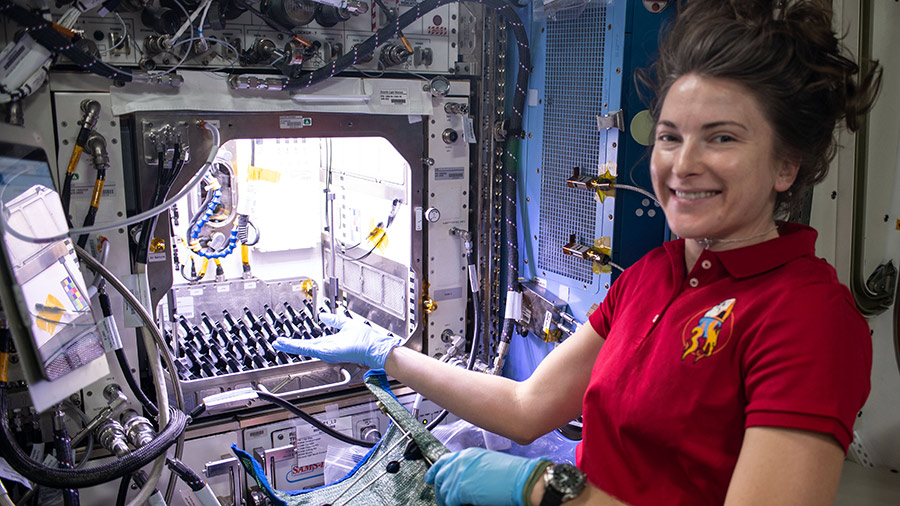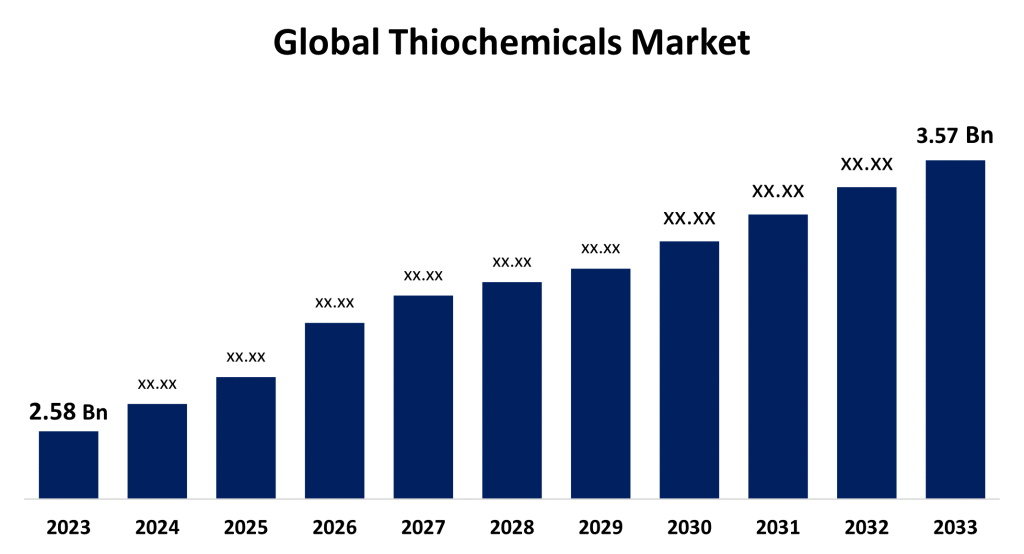Hydrogen sulfide (H₂S) has emerged as a molecule of great relevance in biomedical science due to its biological properties, including its role as a signaling and metabolic regulator molecule. In the context of space exploration, H₂S presents enormous potential for addressing challenges related to human health, biotechnology, and sustainability in long-term missions.
The waste thermal degradation technology developed by BNPSPACE, which generates H₂S-rich gas, offers a unique solution for the production of critical compounds directly in space, promoting self-sufficiency and reducing dependence on resources transported from Earth.
This article explores the potential applications of H₂S in biological research, drug development, and life-support technologies in space.
1. Microorganism Growth and Synthetic Biology
Microorganisms play an essential role in life-support systems and space biotechnology. H₂S can serve as an energy source or metabolic regulator for bacteria, enabling the development of biological processes adapted to space conditions.
1.1 Microorganisms as Biological Factories
Certain anaerobic microorganisms utilize H₂S in their metabolism. In space, such microorganisms could be used as “biological factories” for:
- Production of essential nutrients: Amino acids, vitamins, and other compounds critical for maintaining human health.
- Biosynthesis of pharmaceutical compounds: Antibiotics, anti-inflammatory molecules, and other therapeutic substances.
- Biological waste recycling: Transformation of organic and plastic waste into useful materials through biological processes based on H₂S.
1.2 Nutrient Recycling
H₂S can be integrated into closed-loop life-support systems, where bacteria convert waste into edible biomass or nutrients for plants cultivated in hydroponic systems. This process enables a circular economy within space habitats.
1.3 Space Agriculture
Studies on the impact of H₂S on the metabolism of plants and microorganisms cultivated in controlled environments can improve the efficiency of food production. H₂S-based biological systems could enhance agricultural productivity during long-term missions.

2. Cellular Signaling and Biological Regulation
H₂S is widely recognized as a signaling molecule in terrestrial organisms, playing a crucial role in physiological processes such as cellular protection, cardiovascular regulation, and neuroprotection. In space missions, these properties can be applied to mitigate the adverse effects of microgravity and radiation.
2.1. Cellular Protection Under Stressful Conditions
Astronauts are exposed to high levels of ionizing radiation, microgravity, and oxidative stress, which can damage cells and tissues. H₂S, in controlled concentrations, can:
- Protect cells from oxidative damage.
- Increase cellular resistance to extreme environments.
- Promote the regeneration of damaged tissues.
2.2. Cardiovascular Regulation
Microgravity negatively impacts the cardiovascular system, causing changes in blood circulation and increasing the risk of thrombosis. H₂S acts as a vasodilator and vascular protective agent, potentially preventing cardiovascular complications during prolonged missions.
2.3. Neuroprotection
H₂S has neuroprotective properties, helping to reduce neuronal damage and inflammation. This is essential for mitigating the cognitive impacts of prolonged exposure to the space environment, such as memory and attention deficits.
3. Development of H₂S-Based Pharmaceuticals
H₂S’s ability to modulate biological processes makes it a promising candidate for the development of innovative therapies in space missions.
3.1. Controlled-Release Drugs
Compounds called H₂S donors can be developed to gradually release the gas in the body, allowing the treatment of:
- Chronic inflammations.
- Radiation-induced injuries.
- Metabolic disorders associated with microgravity.
3.2. Biological Adaptation in Space
H₂S-based drugs can assist in adapting the human body to extreme environments, promoting homeostasis and reducing the physiological impacts of microgravity.
3.3. Regenerative Medicine
H₂S is known to stimulate cellular regeneration and tissue healing. This property could be used to accelerate the recovery of astronauts after injuries, a critical factor in long-term missions where medical resources are limited.
4. Research in Space Biology
The space environment offers a unique opportunity to advance scientific knowledge about the effects of H₂S on biological systems.

4.1. Bacterial Metabolism
Research can explore how bacteria that utilize H₂S adapt their metabolism to conditions such as microgravity, radiation, and controlled atmospheres. These studies could lead to the development of optimized biological systems for waste recycling and biomolecule production in space.
4.2. Impact on Humans
Studies conducted in space missions can evaluate how small concentrations of H₂S affect human metabolism, particularly in preserving cardiovascular, neural, and immune health.
4.3. Simulating Pathological Conditions
H₂S can be used in research models to study diseases related to space exploration, such as microgravity-induced osteoporosis, muscle loss, and oxidative stress.
5. Potential Use in Cryopreservation
H₂S has been investigated as an agent capable of reducing metabolism in living organisms, which could be highly advantageous for space missions.
5.1. Inducing a Reduced Metabolic State
Research indicates that H₂S can induce a temporary hibernation-like state in mammals, lowering metabolic demands. This could be useful for:
- Preserving cells and tissues during prolonged missions.
- Reducing astronauts’ oxygen and energy consumption during interstellar travel.
5.2. Preservation of Biological Materials
H₂S can be used to preserve sensitive biological materials, such as stem cells, tissues, or bacterial cultures, ensuring their viability for future use.
6. Production of Biomedical Compounds in Space
The BNPSPACE technology, which generates H₂S from waste, enables the production of biomedical compounds directly in space.
6.1. Thiochemicals for Medical Applications
Compounds containing sulfur, derived from H₂S, can be synthesized to create drugs and biomaterials used in regenerative therapies and medical devices.

6.2. Personalized Biopharmaceutical Production
Synthetic biology systems that use H₂S as a feedstock can produce personalized biopharmaceuticals tailored to the crew’s specific needs, enhancing health management during space missions.
Conclusions
Hydrogen sulfide (H₂S) offers a wide range of applications in space exploration, particularly in the development of pharmaceuticals, biological sustainability, and human health support. The ability of BNPSPACE to produce H₂S locally, using waste as a raw material, presents a sustainable and highly efficient solution to meet the demands of long-term missions.
From cellular protection to advanced drug manufacturing, H₂S emerges as a central molecule for space biotechnology. The BNPSPACE technology, in turn, positions itself as an essential tool to ensure the self-sufficiency and resilience of human presence in space, expanding the horizons of science and exploration beyond Earth.

